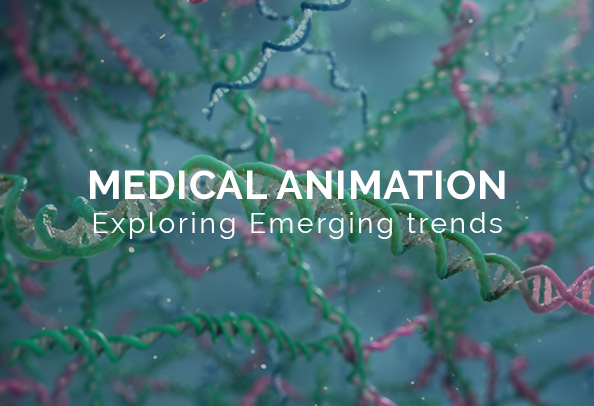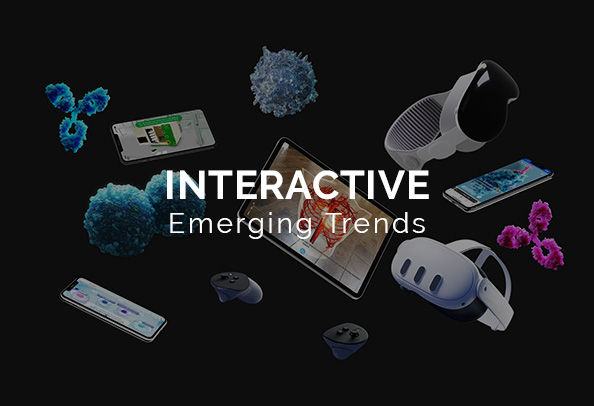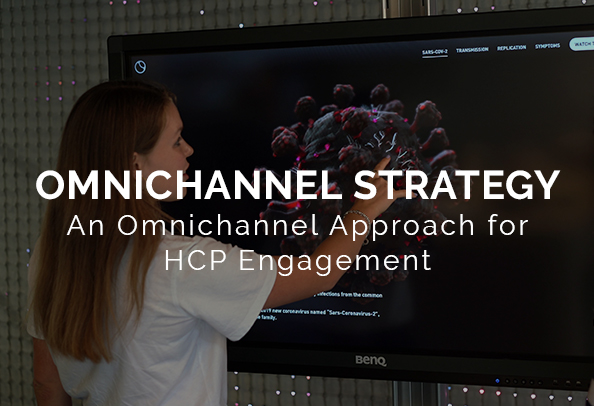5 Ways to Make Sure your Medical Animation Relates to your Audience
Let’s face it, heavy textual content has quite often been the way for communicating in the world of science and medicine. This type of information takes time to read and digest and one thing you can count on is that healthcare professionals are always short on time.

Messages need to be conveyed in a fast and effective manner. Showing the mechanism of action, in a clear and concise way is essential and medical animation is an effective way to convey your key messages.
‘‘When you look at an image and get the message immediately, then it works’’
Cassio Lynm, a medical illustrator at JAMA
Let us take a look at five things you can do to make sure that medical animation relates to your audience:
1. ADOPT THEIR COMMUNICATION CULTURE
Before you even think of talking to a scientific communications company about creating medical animation, take time to know your audience. Talk to them and learn their language. Make sure you grasp how they define problems and solutions. Every group of people that work together in the same field has a certain communication culture and if you can figure it out, adding such statements to your medical animation where relevant can make a big difference.
2. USE EVIDENCE THEY WILL FIND CREDIBLE
This is an extension of the above tip. Not all healthcare professionals you approach are created the same. Some may prefer reading certain journals as opposed to others, some may have a different way of looking at the Mechanism of Action of a product and so on. There are different ways and sources for presenting evidence within your medical animation. Knowing which ones are appreciated more than others can set you apart — especially if the competition is aiming for the same spot.
3. HAVE THEIR INTEREST AT HEART
Have the interest of your future clients at heart. Or to state it more clearly — have the interest of their patients at heart. In a world where patients can educate themselves online and ask questions that they wouldn’t have thought of twenty years ago, doctors need to be able to clearly explain why they are prescribing a different drug to the one the patient is used to, for example.
4. GET STRAIGHT TO THE POINT
A medical animation that is two to four minutes is ideal to convey the core messages. A great approach to use would be the 3-act play approach, which looks like this:
Act 1: Introduction of normal function
(educational: to use for pre-launch)
Act 2: The conflict — disease state
(educational: to use for pre-launch)
Act 3: The resolution — mechanism of action
(promotional: to use for product launch)
Remember, members of your target audience do not have too much time on their hands so you need to get straight to the point. They will be grateful and that in itself adds a positive spin to your relationship.
5. BE A REVOLUTIONARY
Yes, of course, you can be a little bit adventurous and not make your medical animation generic. After all, you want to stand out. Perhaps you can think of how it would really sound if you were inside the bloodstream of a human being and add that to the audio. Maybe how a sneeze or a cough would sound from inside the body or how the heartbeat would sound the further away you move from it and so on. Or go one step better and create a fully immersive virtual reality experience. The point is — be bold — as long as it does not impair relevance to the message your medical animation is conveying.
These were just five easy tips to keep in mind before and during the creation of your medical animation. To get an idea of what we can do for you, take a look at our work and contact us for any inquiries at [email protected].
Are you interested in seeing how medical animation can help you?
Related news

Emerging Trends in Medical Animation

Emerging Interactive Trends

Best Headsets of 2024


